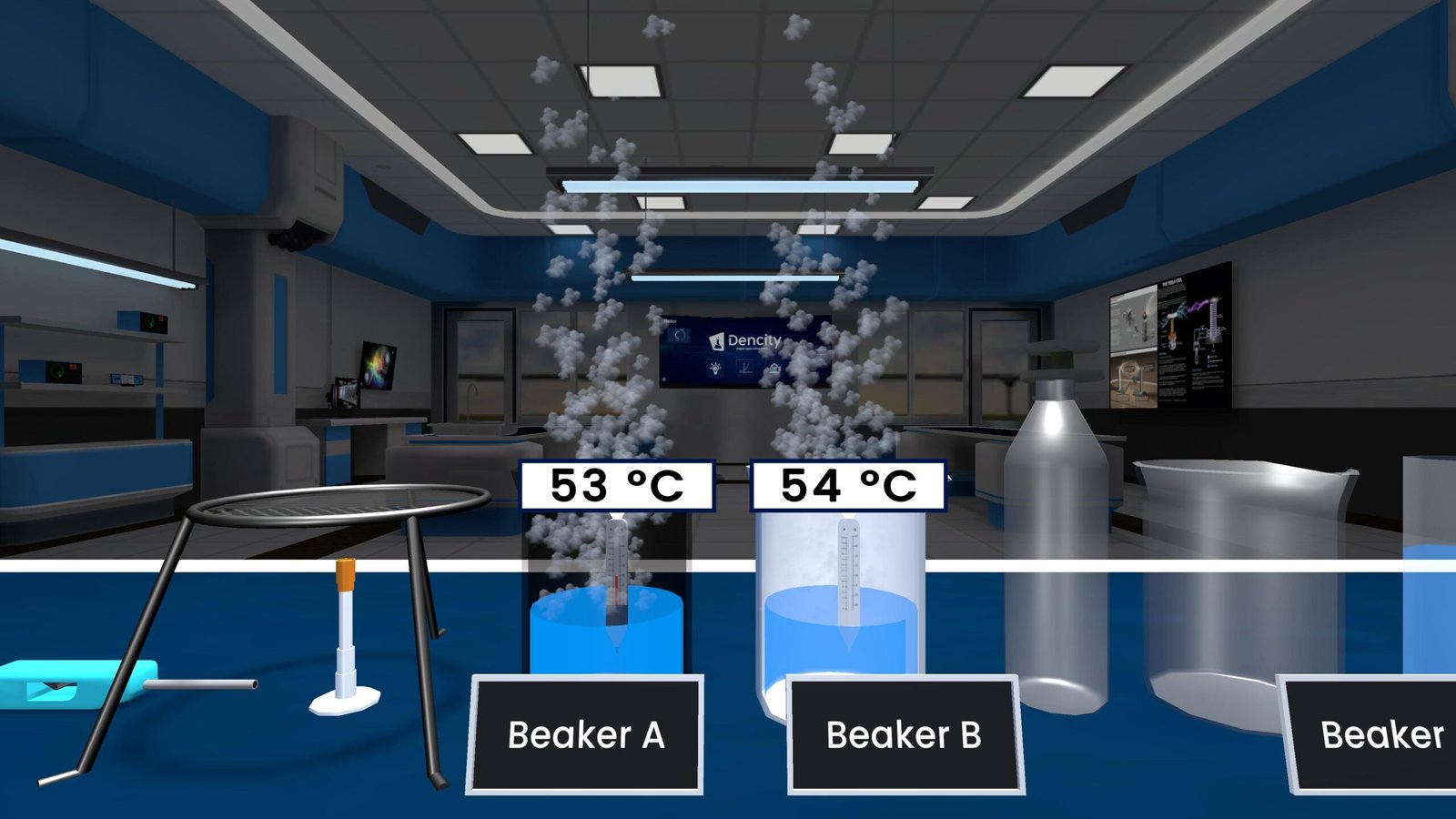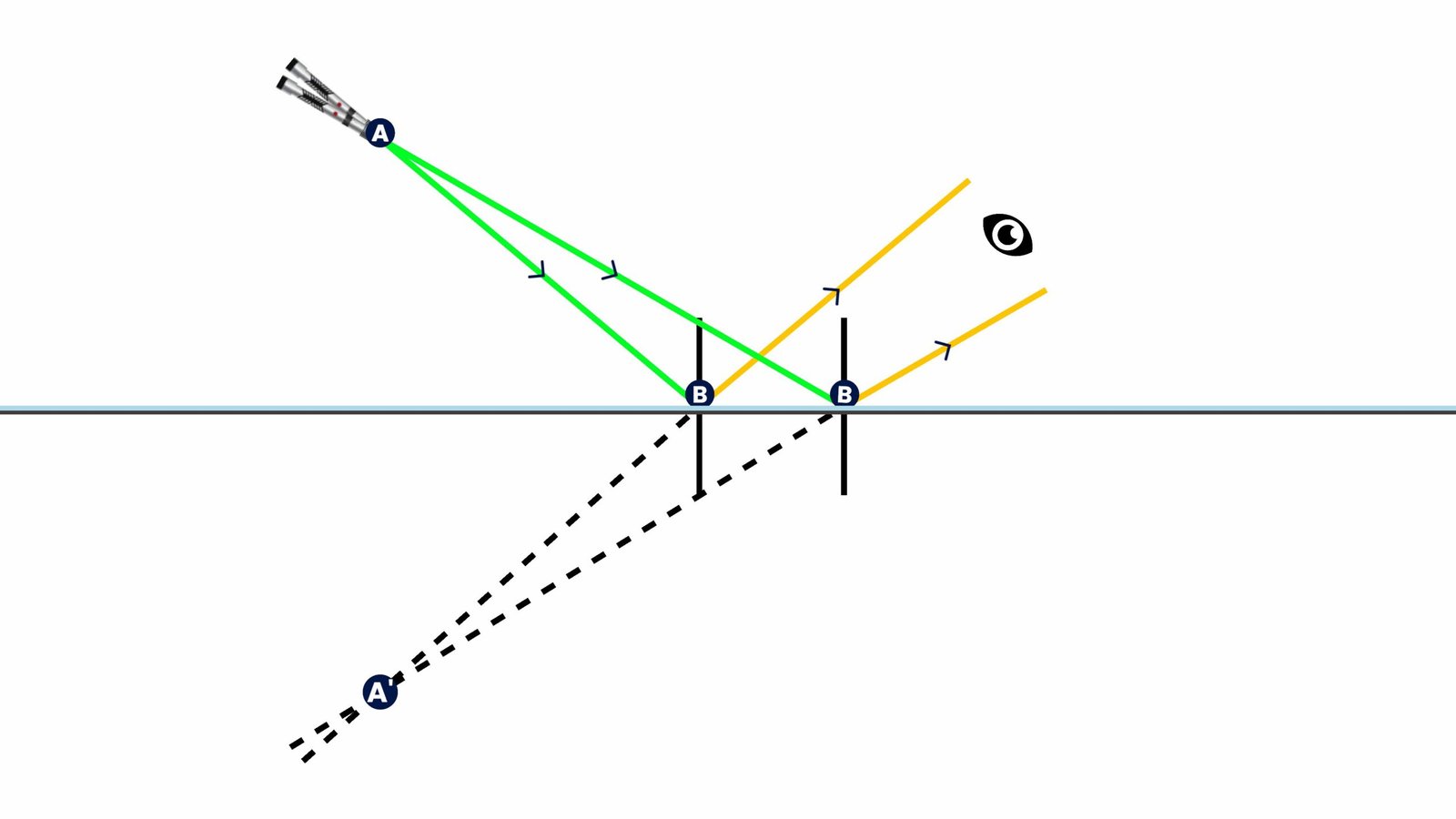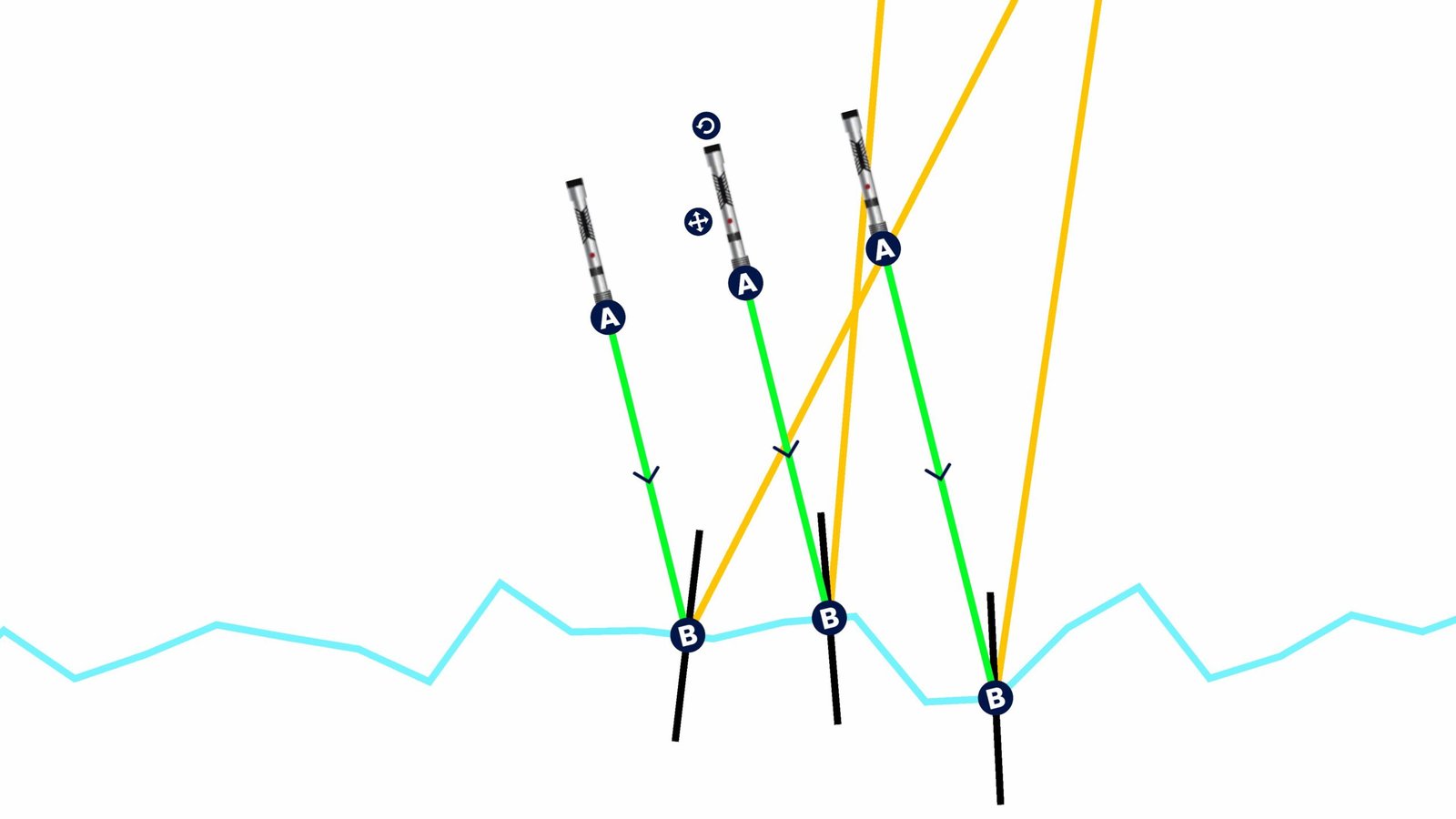Epidermal Tissue Experiment
Class: Class 10 Science
Experiment: Epidermal Tissue Experiment
Elaboration on the Topic
Plants are covered by an outer layer known as the epidermal tissue, which acts as their first line of defense. In this experiment, students observe the peel of a Rhoeo leaf under a microscope to study how the epidermis protects plants and regulates water and gas exchange. This simple observation highlights key adaptations in different environments and demonstrates principles of science experiments, virtual science lab, and science lab work.
Definition
Epidermal tissue is the outer protective covering of the plant body, typically made up of a single layer of closely packed cells. It serves as the first line of defense against physical damage, water loss, and pathogen invasion.
Theory
- In Activity 6.3, we peel a thin layer from the surface of a Rhoeo leaf and place it under the microscope.
- The epidermis is a continuous layer with no intercellular spaces, made up mostly of flat, rectangular cells. In desert plants, this layer may be thicker to reduce water loss.
- Many epidermal cells secrete a waxy, water-resistant substance called cutin, forming the cuticle, which prevents water loss.
- Stomata are small pores mainly on the lower leaf surface; each stoma is flanked by two kidney-shaped guard cells that control opening and closing. These regulate gaseous exchange and transpiration.
- In roots, epidermal cells often grow long hair-like extensions (root hairs) to increase surface area for water absorption.
Real-Life Uses
- Epidermis prevents excessive water loss in desert plants.
- Guard cells regulate the rate of transpiration and gas exchange.
- Epidermal root hairs enhance water and nutrient absorption.
Observations
- Epidermal cells are flat, tightly packed, and lack intercellular space.
- Guard cells are the only epidermal cells with chloroplasts.
- Stomata are present primarily on the underside of leaves.
- In dry habitats, the epidermis becomes thick and heavily cutinized.
Summary Table
| Component | Function | Special Note |
|---|---|---|
| Epidermis | Protection | Single-layered, compact |
| Guard Cell | Gas exchange | Contains chloroplast |
| Root Hair | Absorption | Increases surface area |
Dencity Virtual Lab
Perform this experiment and many more with the Dencity virtual lab, a science app and virtual science lab designed for interactive learning and safe, cost-effective exploration. With Dencity, students from class 9 science through class 12 science can conduct complex science experiments such as observing epidermal tissue, measuring stomatal density, and simulating transpiration rates all without the need for live specimens or chemicals.
Dencity for Teachers
Dencity empowers educators with tools for interactive teaching, transforming the traditional science lab into an engaging digital environment:
- Real-Time Demonstrations: Project live simulations of epidermal structures and stomatal behavior.
- Customizable Lessons: Create and assign science experiments with step-by-step guides.
- Student Engagement: Enable students to control variables, record observations, and receive instant feedback.
- Assessment & Tracking: Auto-graded quizzes and reports to monitor individual and class progress.
Dencity on Interactive Touch Panels
Optimized for interactive touch panels in classrooms, Dencity’s intuitive interface allows teachers and students to manipulate virtual specimens and lab equipment with simple gestures—making interactive teaching seamless and impactful.
Contact Us for Customized Pricing or Demo
Educational institutions interested in integrating Dencity for hands-on science experiments and virtual science lab experiences can reach out for tailored pricing packages or a live demo.
Frequently Asked Questions
- What is the epidermal layer in plants?
The epidermal layer is a single cell layer covering the plant, protecting it from water loss and pathogens. - Why do guard cells have chloroplasts?
Guard cells use chloroplast-driven photosynthesis to change turgor pressure and open or close stomata. - How does cutin help plants?
Cutin forms a waxy cuticle that prevents excessive water evaporation through the epidermis. - Where are stomata mostly found?
Stomata are primarily on the lower leaf surface to minimize direct water loss under sunlight. - What role do root hairs play?
Root hairs increase the surface area for water and mineral absorption from soil. - Can Dencity simulate this experiment virtually?
Yes—Dencity virtual lab provides an accurate simulation of epidermal tissue observation and stomatal function. - Is Dencity suitable for Class 10 Science?
Absolutely. Dencity covers experiments aligned with class 10 science curriculum and beyond. - Do I need any special hardware to run Dencity?
No. Dencity works on Android, iOS, desktop, and interactive touch panels without additional setup. - How does Dencity enhance interactive learning?
By allowing students to adjust variables, visualize outcomes, and collaborate in real time, Dencity fosters deeper engagement. - How can teachers track student performance in Dencity?
Teachers receive automatic reports on experiment completion, accuracy, and time-on-task for each student.







